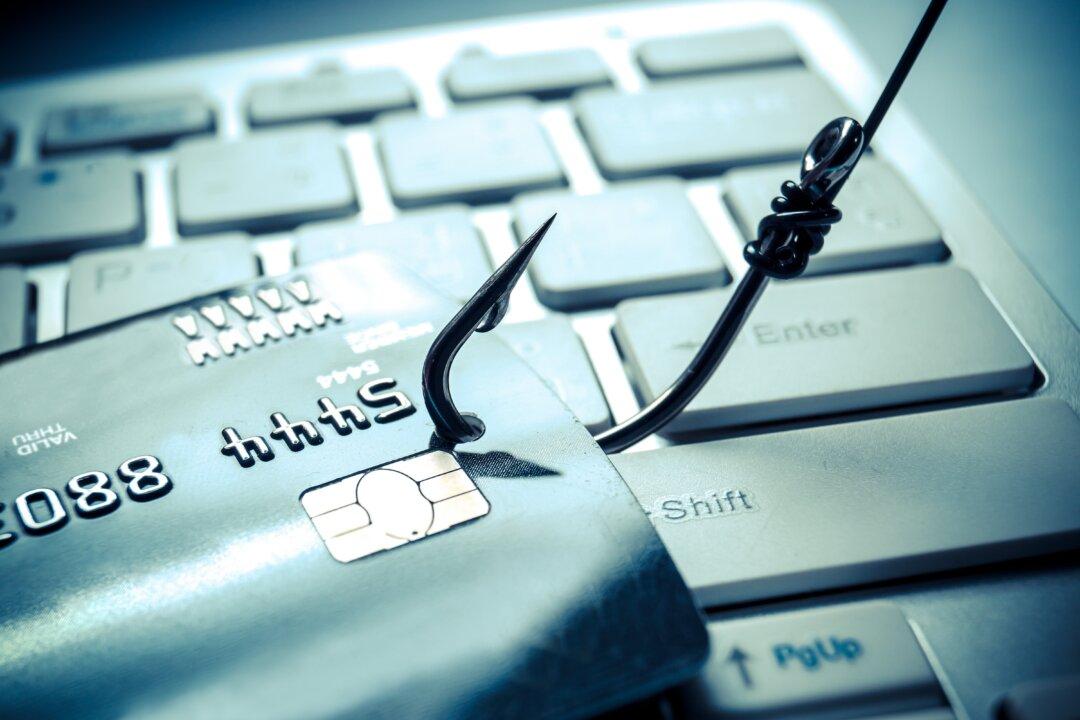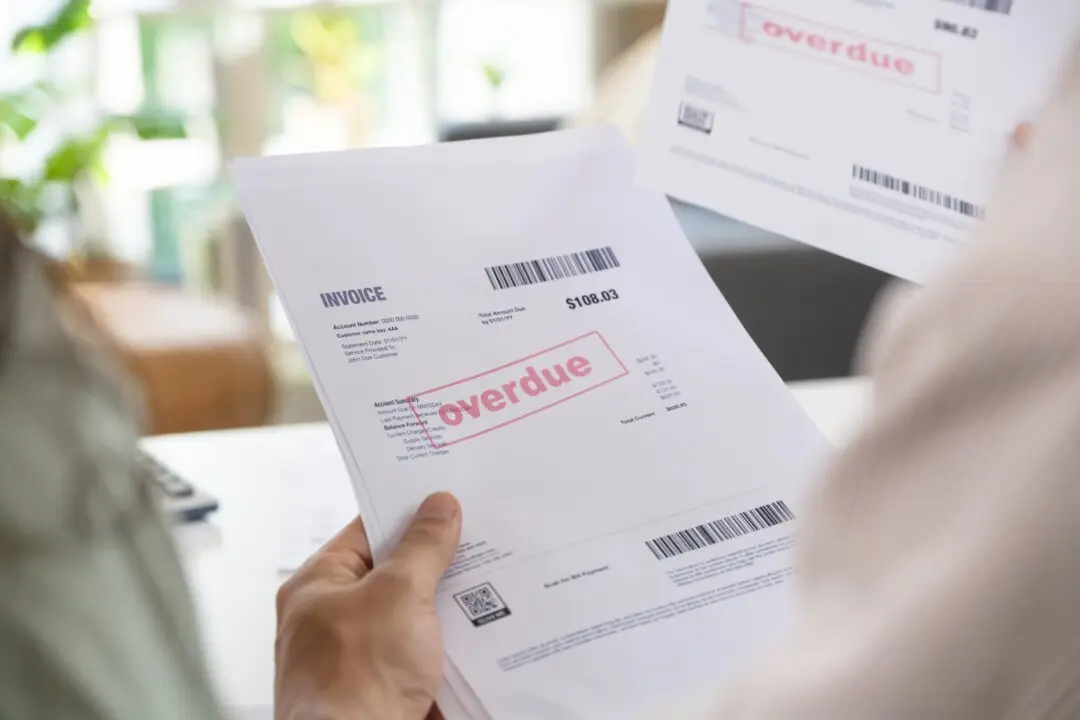Social-engineering attacks use psychology to manipulate their targets into revealing financial information. Techniques use human emotions and instincts to drive people to act against their best interests.
Social-engineering attacks pose as trusted brands government agencies or induce fear and a sense of urgency. But what is social engineering, and how can you avoid its attacks on your finances?






